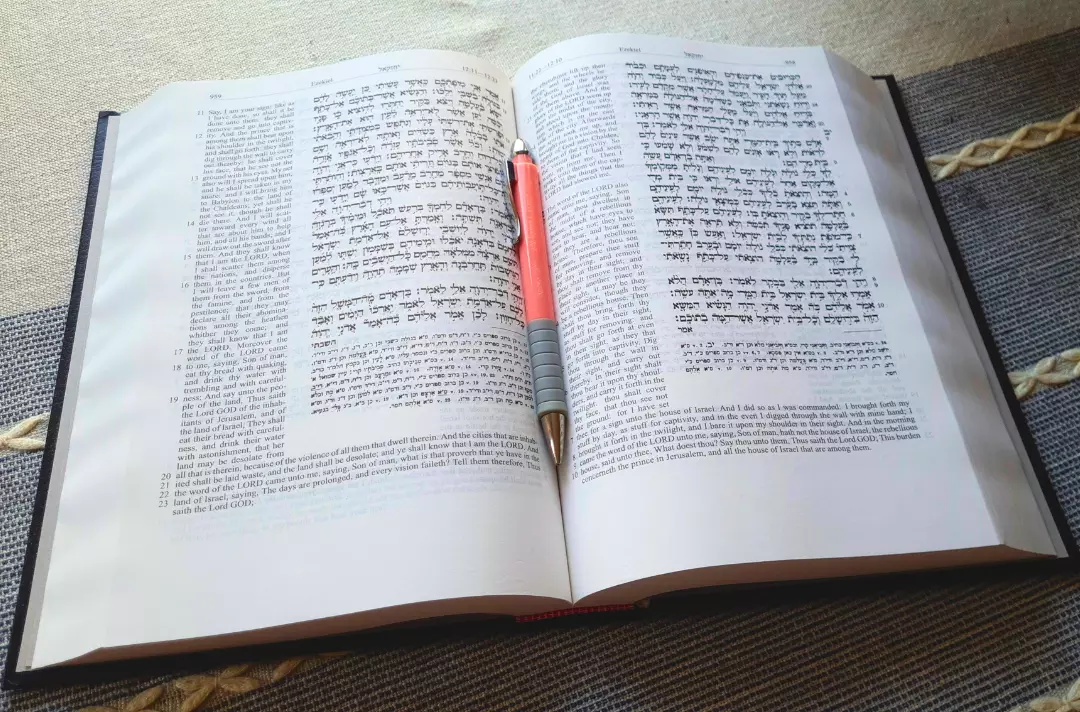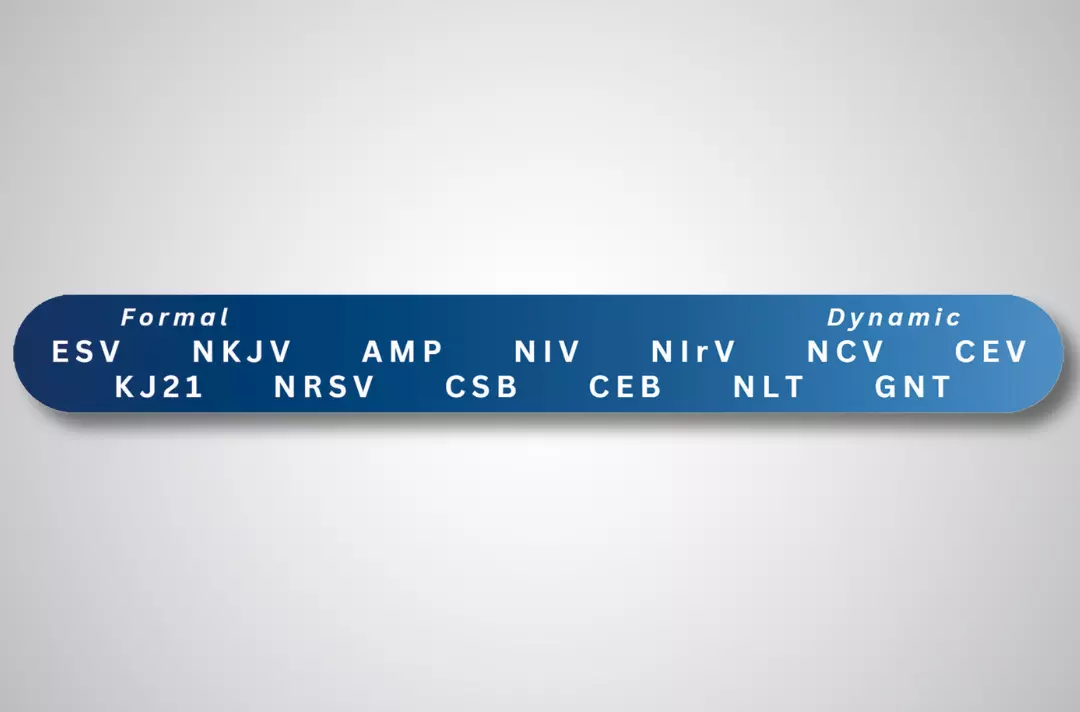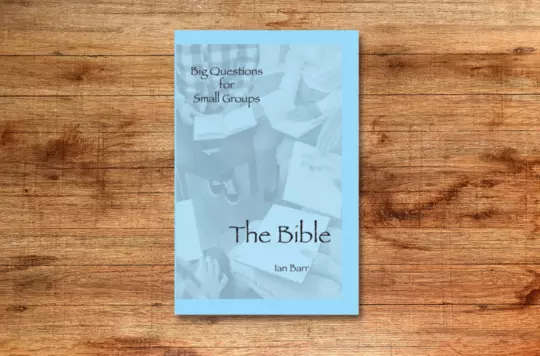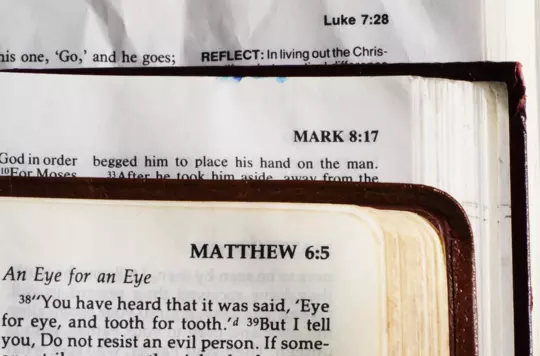10 May 2023
What is the best Bible translation?
Simon Hope

Simon Hope offers a guide to the complicated world of Bible translations.
We call the Bible ‘the word of God’, with the emphasis on ‘the’. So why is there more than one Bible?
From a Western-centric, English-speaking viewpoint, it’s easy to forget that the Bible we know and love is translated from ancient Greek, Hebrew and Aramaic texts. The beautiful – albeit frustrating – challenge is that there’s often more than one way to translate something. This has led hundreds of scholars to create hundreds of translations over hundreds of years.
So which version is the word of God? The New International Version is popular in Army circles, but it’s not the only one. It is worth bearing in mind that not everyone reads the Bible in the same way. Many translations mean that you can choose what’s appropriate for you.
Consider the translation philosophies below. Where does your preferred Bible fit?

Word-for-word: Formal equivalence
‘For God so loved the world, that he gave his only Son, that whoever believes in him should not perish but have eternal life’ (John 3:16 English Standard Version).
These Bibles stick very closely to the original text, making them ideal for studying. They are especially useful as interlinear Bibles, which pair the ancient language alongside the modern. While not truly word-for-word, this translation style is the closest we can get to the original languages without learning them.
However, these Bibles can be unwieldy to read. Moreover, without an understanding of cultural context, it can be difficult to decipher some of the ancient idioms or nuances. It can be easy to think that a phrase ‘means’ one thing when a dynamic equivalence Bible might suggest otherwise.
Thought-for-thought: Dynamic equivalence
‘For God loved the world in this way: He gave his one and only Son, so that everyone who believes in him will not perish but have eternal life’ (John 3:16 Christian Standard Bible).
How could you accurately describe this emoji – 😅 – in a single word that gets across its entire meaning? Dynamic equivalence Bibles aim for a faithful translation of meaning without being word-for-word. They try to give you the same impact that the original readers received.
While these versions can be much easier to read – and we may feel like they ‘speak our language’ – they can lose the poetic nature and beauty of the originals. Moreover, it can be easy to think the Bible ‘says’ one thing, when a formal equivalence version might tell us otherwise.
- See the New International Version, New International Reader’s Version, Amplified Bible, New Century Version, Contemporary English Version, Common English Bible, New Living Translation and Good News Bible.
Words-for-other-words: Paraphrases
‘This is how much God loved the world: he gave his Son, his one and only Son. And this is why: so that no one need be destroyed; by believing in him, anyone can have a whole and lasting life’ (John 3:16 The Message).
Imagine recounting a Bible story in your own words to your friends. Paraphrases use modern words to engage the reader and help Scripture come alive. They are accessible and good at attracting attention and generating excitement about the good news.
However, paraphrases are not translations; think of them as a retelling. Moreover, they are often the product of a single person or group’s interpretation, with little oversight from others. They can stray far from the original writing and should ideally be balanced against an accurate translation.
- See The Voice and JB Phillips New Testament.
Ask the expert!
Major Sarah King (William Booth College) tackles some burning questions:
Written by

Simon Hope
Editorial Assistant
Discover more

Ian Barr explores some of the big questions surrounding the Bible and helps make the wonder of God’s word ever more real to us.

Host Jo Taylor is joined by Phil Wall for this month's hypothetical hike.

Secretary for Mission Lieut-Colonel Drew McCombe tells Salvationist about the territory’s new research into membership.
